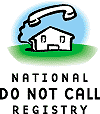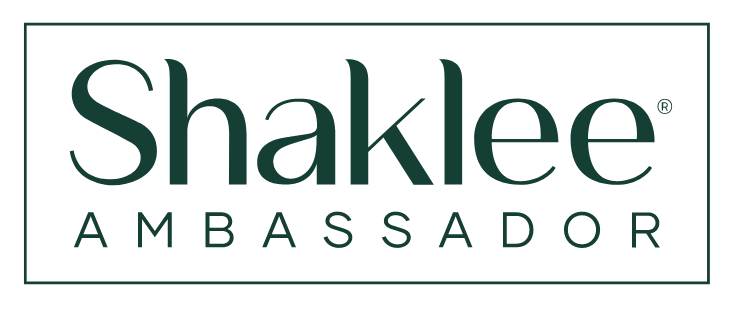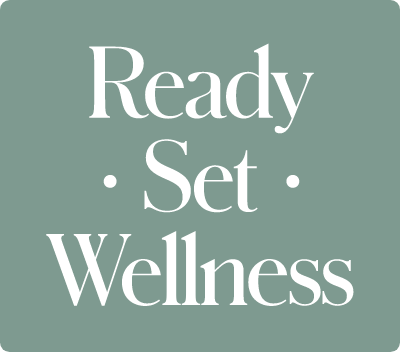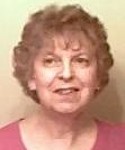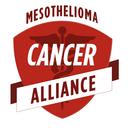A lot of people believe that Social Security and Medicare will finance their retirement. But, Social Security was never meant to be a total retirement income. We all need to fund our own retirement. And the sooner you start, the more you’ll be able to save. If you haven’t been able to save anything from your current income, how will you be able to live on less when you retire? Here are some ideas to jump start your retirement nest egg.
Stop Spending
When you’ve dug yourself into a hole, the first thing to do is stop digging! Think about your purchases and only spend what’s truly necessary. No, a Starbucks latte is NOT necessary.
Make a Budget and Stick to it
Do you really know how much you spend? It’s easy to see the rent/mortgage, utilities and car payment. But, what about the impulse spending? Keep track of every penny you spend for a month. Sort it into categories. At the end of the month, you’ll have a true picture of what you really spend. Now, add all the other expenses that occur throughout the year: Real estate tax, car insurance, homeowner’s insurance, AAA, Costco membership, credit card interest, etc. Next, the trick is to make your expenses total less than your income. The difference can be saved for retirement.
Pay Yourself First
Once your budget is under control, choose a savings vehicle. I like The Vanguard Group mutual funds. If you can’t meet the minimum contribution, start with a savings account at a bank or savings and loan. The idea is to get the money out of your hands and put it where it will earn income, even if it’s minimal to start. Set up an automatic monthly transfer from your checking to the savings account. One goal would be to live on 90% of your income and save 10%.
 Don’t think you can live on 90% of your income? The Richest Man in Babylon is a short, easy to read book, written like a fable. It has a common sense approach to saving money – No matter how much or little you make.
Don’t think you can live on 90% of your income? The Richest Man in Babylon is a short, easy to read book, written like a fable. It has a common sense approach to saving money – No matter how much or little you make.
Roth IRA (Individual Retirement Account)
One good way to save for retirement is to open a Roth IRA. It’s funded with after tax dollars, so it grows tax free. That means you pay income tax on the money you deposit into the IRA account. When you withdraw the money, it’s all tax free because you’ve paid the tax on your contribution. You can open a Roth IRA at many financial institutions, including banks, brokerage firms and mutual fund companies like The Vanguard Group.
The alternative is to open a Traditional IRA and fund it with pre-tax dollars. It grows tax deferred, so you don’t owe tax until you withdraw the money. But, if you contribute every year and your investment grows, you’ll have to pay tax on all the money you withdraw – Not just your contributions.
Free retirement planning info and programs: Analyze Now!
Yahoo Finance, Financially Fit: A Guide to Saving Smart and Living Well
Yahoo Finance, Financially Fit: Boost Your Social Security Benefits
Social Security Administration: What You Need To Know When You Get Social Security Disability Benefits
What else can you do to plan for retirement? Comments are welcome.



